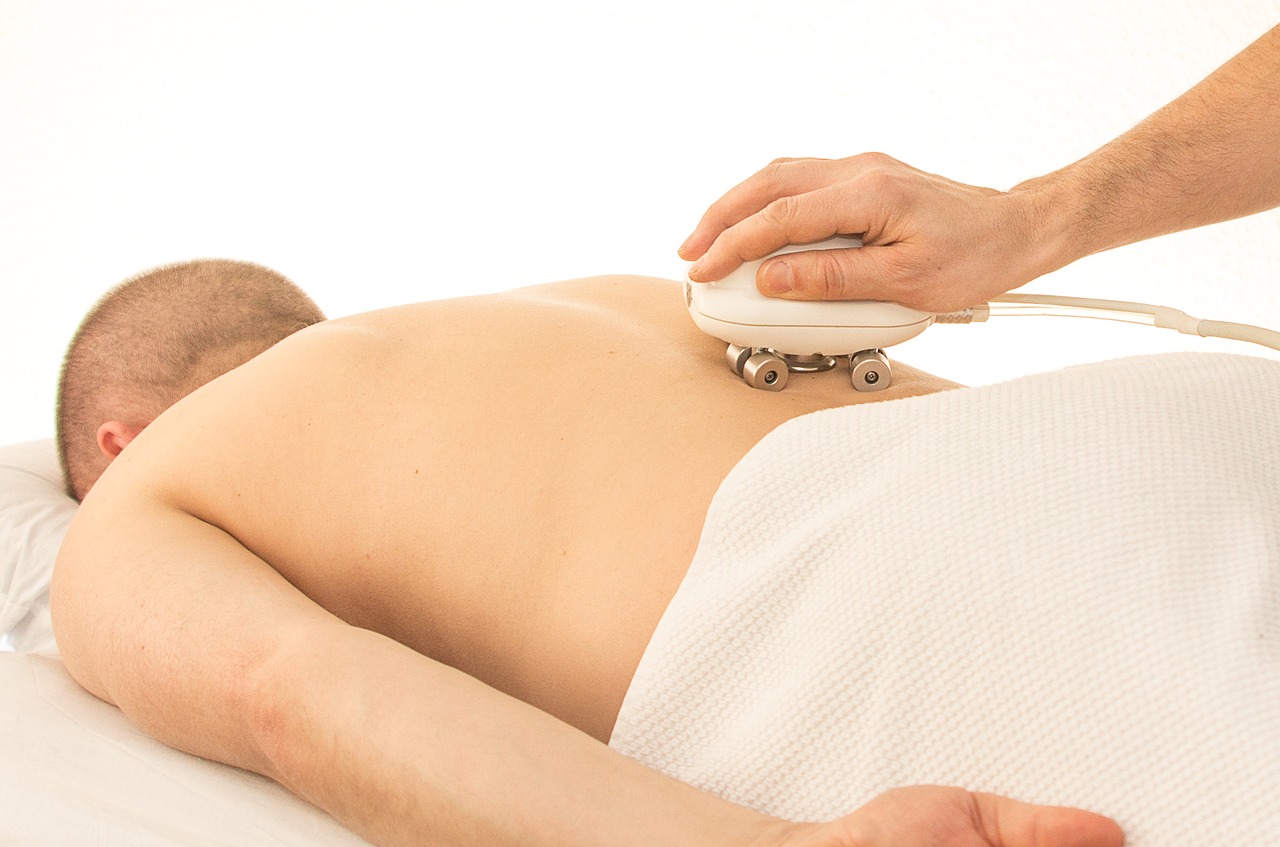The Psoas muscle, low back pain and stress are all intimately connected. This article explains how the psoas can create lower back pain, and how to prevent or heal the issue before, or when it arises.
What is the Psoas Muscle?
The Psoas is a deep muscle that reaches from the Lesser Trochanter (on the top, inside of the femur, or upper leg bone) to the front of five vertebrae - the bottom thoracic (T12) and the top four Lumbar Vertebrae (L1 - L4). It is most often, together with the Iliacus, called the Iliopsoas muscle, because of their common insertion and action.
The Iliopsoas crosses over the front of the pelvis as it travels from the lower back to the upper leg. It’s quite easy to imagine what its action would be, then, considering its location. When it contracts, it anchors at the top (at the low back) and lifts the thigh straight up. It is therefore referred to as a ‘Hip Flexor’.
The Iliopsoas is in fact the strongest hip flexor. The angle it has as it stretches over the pelvis allows for added leverage when it is contracting, creating more strength than if it were directly attached from one bone to the other.
The Iliopsoas is also the only muscle that connects to both the leg and to the spine, crossing over multiple joints. This can have both functional strengths and weaknesses. The strengths lie in its position, leverage and power. The weaknesses lie in the difficulty in keeping the lower back strong enough to support it. And the Iliopsoas is in constant demand, since it is the prime walking muscle.
The Psoas and Lower Back Pain
Because the psoas is attached to the vertebra of the lower back, repetitive movement can begin to pull the lower vertebrae forward, into an exaggerated lumbar curve (a curve that is slightly deeper than normal). If our core muscles, such as the Transversus Abdominus, Pelvic Floor and Obliques, are not strong enough to prevent this movement, we can begin to experience back pain.
In this case, stretching the psoas and strengthening your core muscles are absolutely essential to stretches to relieve lower back pain. Stretching the psoas is remarkably simple - it’s best done when in a gentle lunge position.
Lunge Stretch for the Psoas Muscle
Place one knee down and step the opposite foot forward - the further you step forward, the deeper the stretch will be. Then allow your body to shift forward, so your front knee bends a bit deeper and your hips shift forward. In this position, shifting your upper body back will deepen the pose even further.
Core Activation: Strengthening Your Core Muscles
The best way to learn to strengthen your core properly is by going to someone who specializes in core strength or going to a beginner Pilates class. However, if these are not available to you, then you can watch the series of videos that I have in the Yoga Anatomy section on Core Activation. Click on the title above to watch the Core Activation videos, which take you through the steps required to activate your core properly, and to gain strength in your core muscles, which are so essential to creating a strong body and protecting your lower back.
Yoga, Stress and Total Body Relaxation
The Iliopsoas muscle is also known as a fight or flight muscle, meaning that it responds immediately in a stressful situation by contracting, to propel the body away from a dangerous situation, or by helping to pull the body into a semi-fetal position as a way of protecting it from harm.
Because of this, if you are experiencing a lot of stress in your life, the Iliopsoas may have the tendency to be hypercontracted, and if this lasts over long periods, it can begin to pull the lower vertebrae forward, tightening the whole area around the front of the pelvis and abdomen, and weakening the lower back.
Stress affects everyone differently, which also makes an effective coping strategy unique to each person. A great starting point is learning how to relax your body. Click on the title above to try one of our four Total Body Relaxations in our Meditations section. Each one guides you through relaxing one part of your body at a time. They are incredibly relaxing and very effective.
The Benefits of a Healthy Iliopsoas Muscle
With an Iliopsoas muscle that is healthy, supple and dynamic, we experience strength, fluidity and pain-free movement rather than rigidity and discomfort. We have a core that is strong and adaptable and an abdominal area that is flexible - promoting healthy digestion and elimination. We move easier and without pain and this affects our overall well being in a very big way.



What poses are helpful for abdomen and lower back?